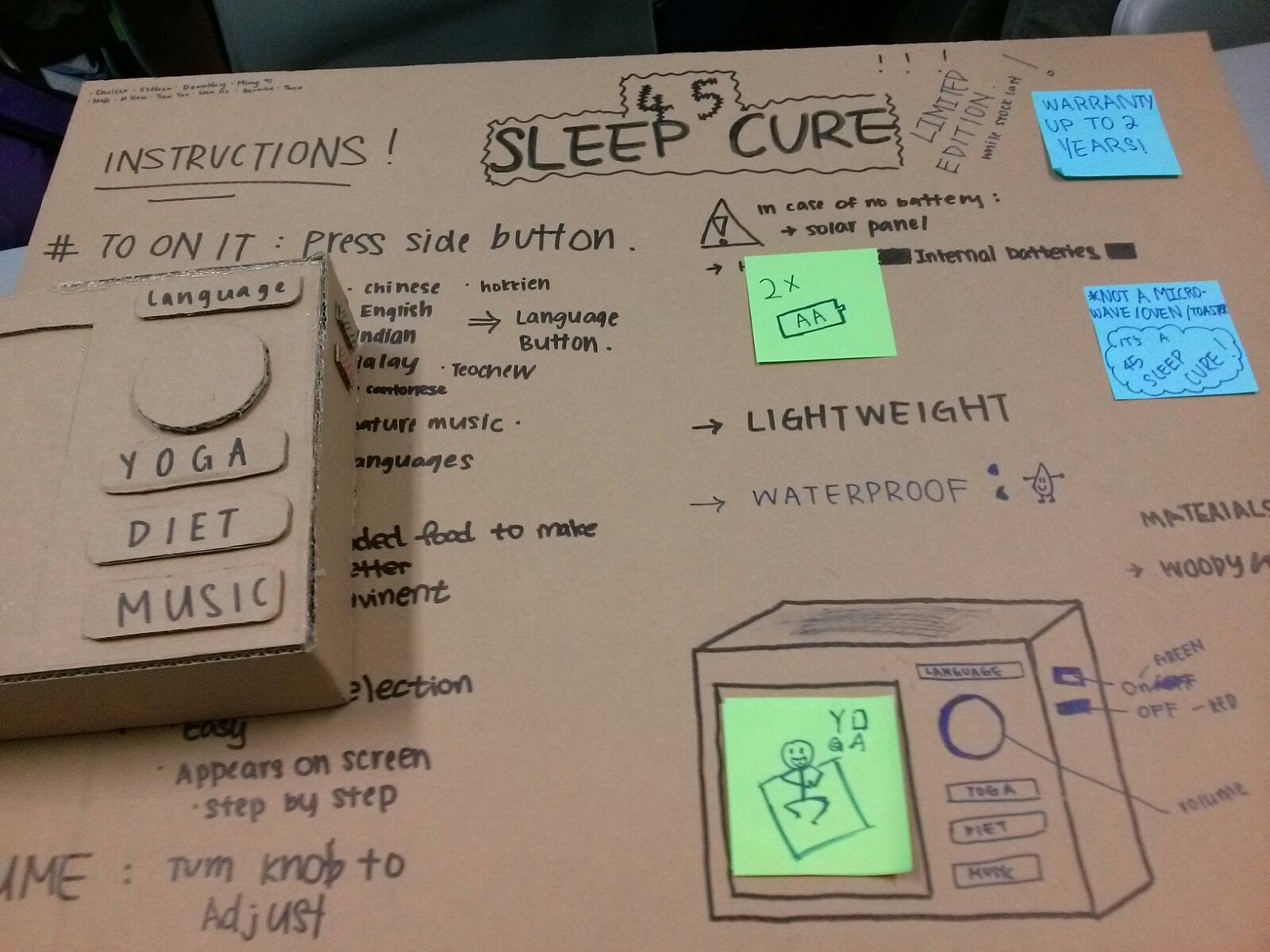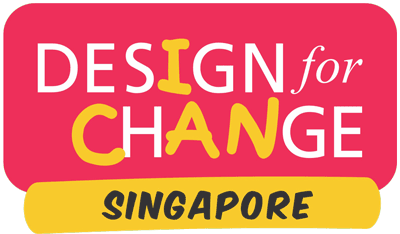Basic Design Thinking

ABOUT
A foundational program introduces learners to human-centric design concepts and application of Design Thinking through fun, hands-on activities, turning problems into opportunities for creative possibilities and solving problems.
At its heart is the I CAN mindset, inspiring every student to believe they can design and drive change through empathy, critical and creative thinking.
LEARNING OUTCOMES:
Through guided facilitation, students learn to:
Feel: Practice empathy through active listening and perspective taking and derive the problem to be solved
Imagine: Demonstrate creative confidence by generating desirable, creative and feasible ideas
Do: Prototype the idea to test and refine it, building resilience and problem-solving grit.
Share: Communicate and reflect on their design journey, building storytelling skills and reinforcing the “I CAN” mindset.
Learning Outcomes: Students develop empathy, creative confidence, problem-solving, resilience, and storytelling skills, while mastering collaboration and 21st-century skills.
Applied Design Thinking, Innovation & Social Entrepreneurship

ABOUT
Design Thinking comes alive in ALP, CCE, IPW, Innovation & Social Entrepreneurship or other project-based learning contexts, helping students apply learning in real-world challenges and engaging with real user, beneficiaries and/or community partners
Real context. Real ideas. Real impact.
The programme nurtures adaptability, relevance, and confidence, empowering students with the I CAN mindset, enabling their ideas to positively impact schools and communities. Leadership frameworks, STEM, and digital literacy can also be integrated to enhance the programme outcomes.
LEARNING OUTCOMES:
Feel: Engaging with users to build empathy and relevance.
Imagine: Demonstrate creative confidence by generating and refining ideas
Do: Build resilience through iterative processes, turning ideas into real implementations via project planning and management.
Share: Reflect and communicate impact through storytelling.
Themes may range from Designing to Improve lives, Sustainability: Aligned with SG 30by30 Plan, Designing Sustainable Spaces, Preserving Heritage, Issues related to Diversity in society as some examples.
STEM by design: empowering future innovators

ABOUT
STEM by Design connects science, technology, engineering, and/or mathematics to real-world challenges through the Design Thinking framework and human-centered design.
Students apply these concepts to design solutions and build empathy, critical and adaptive thinking skills.
LEARNING OUTCOMES:
These may be set in a chosen context; such as Sustainability, Designing to Improve Lives, or Reimagining Spaces, the program delivers:
- Engaging, real-world challenges that inspire innovation.
- A Design Thinking mindset that builds Emerging 21st-century skills
- Cross-disciplinary projects where students bridge ideas across disciplines
With STEM by Design, classrooms become innovation labs—where curiosity sparks solutions and every learner grows as a future-ready citizen and innovator.
Art Infused Programmes

ABOUT
Art by Design takes students on a creative journey to explore personal and social values through artistic expression. Using the FIDS framework, learners move from empathy and imagination to prototyping and reflection, turning emotions and insights—like love, connection, and resilience—into meaningful works of art.
Themes such as Family Values or others curated around school objectives make the program flexible and age-appropriate. Through symbolism, abstraction, and hands-on creativity, students build self-awareness, empathy, visual communication, and confidence while connecting learning to life.
LEARNING OUTCOMES:
At the end of the programme, participating schools can expect that students will:
- Express and share ideas through art
- Build empathy and perspective-taking
- Gain confidence presenting to authentic audiences
